Events
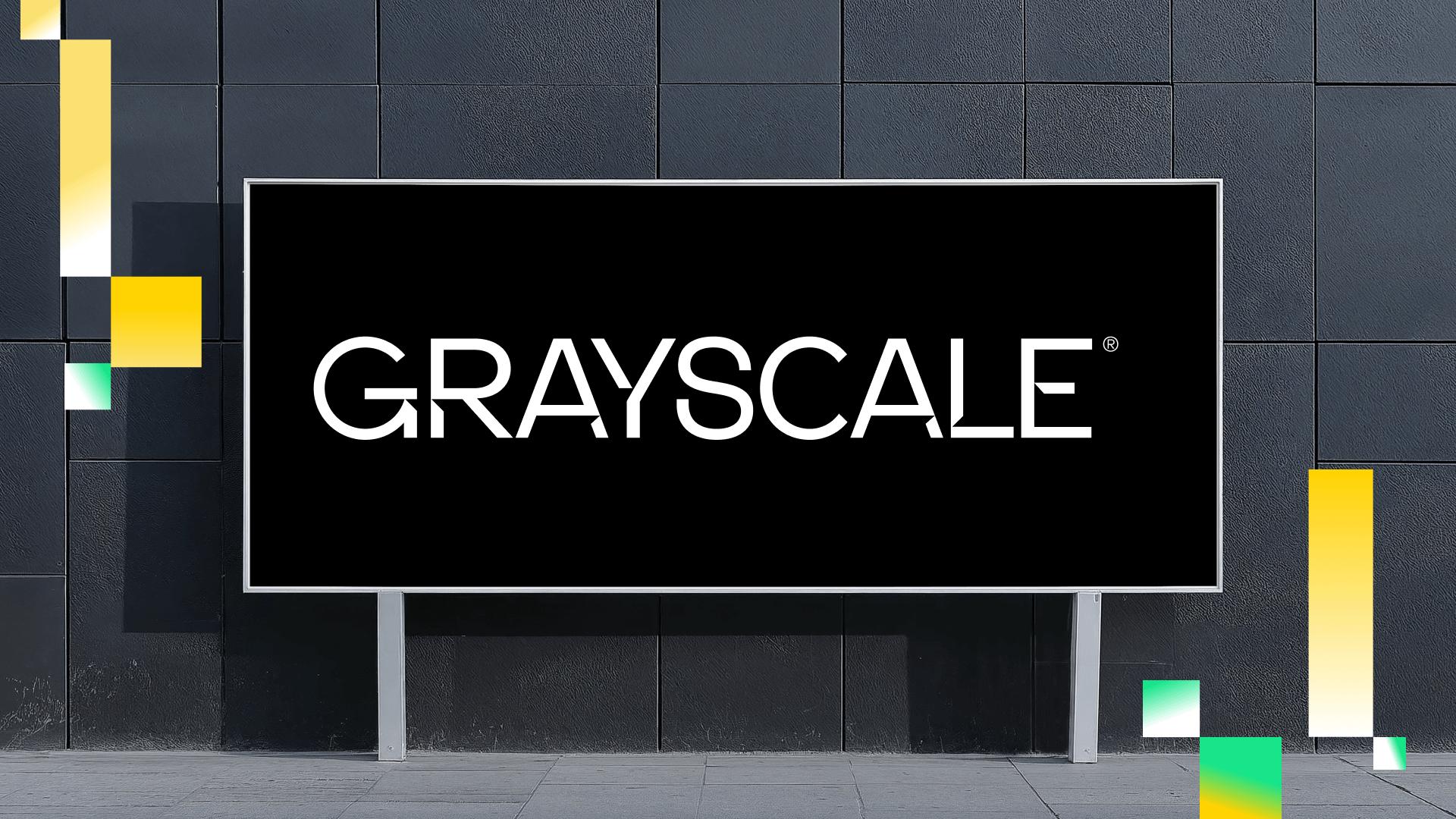
Grayscale's DOGE, XRP ETFs to Go Live on NYSE Monday
Rival crypto asset manager Bitwise launched its XRP ETF earlier this week.
Grayscale's DOGE, XRP ETFs to Go Live on NYSE Monday
Rival crypto asset manager Bitwise launched its XRP ETF earlier this week.
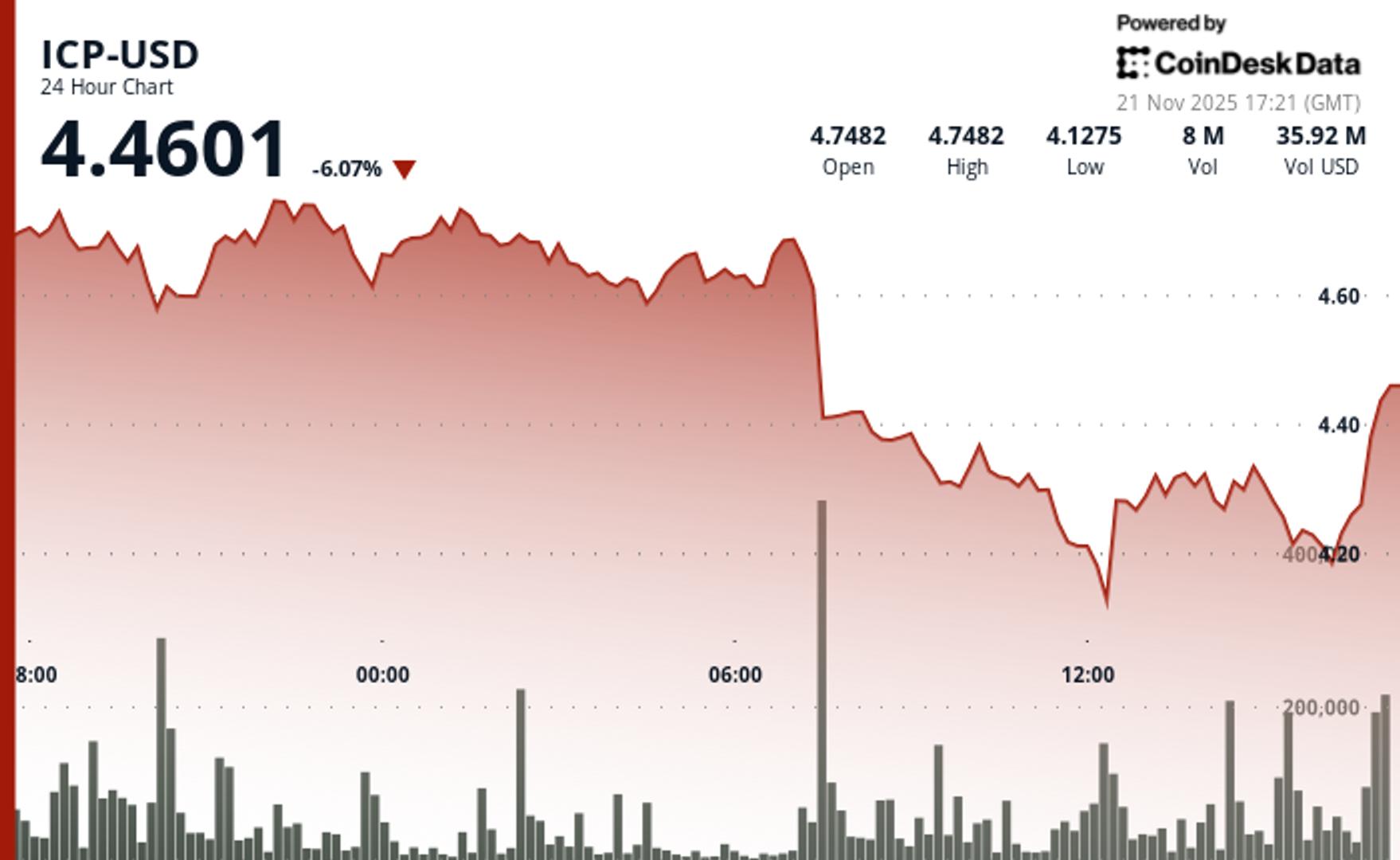
ICP Breaks Major Support as Volume Spike Confirms Accelerated Downtrend
A steep selloff pushed ICP below the $4.33 floor, with exceptional volume marking the session’s decisive breakdown.
ICP Breaks Major Support as Volume Spike Confirms Accelerated Downtrend
A steep selloff pushed ICP below the $4.33 floor, with exceptional volume marking the session’s decisive breakdown.

BitMine Immersion Sitting on $4B Loss on Ether Bet as Analyst Warns of Structural issues
Tom Lee's company could trap shareholders amid low staking yields, hefty embedded fees and vanishing NAV premium, 10x Research founder Markus Thielen warns.
BitMine Immersion Sitting on $4B Loss on Ether Bet as Analyst Warns of Structural issues
Tom Lee's company could trap shareholders amid low staking yields, hefty embedded fees and vanishing NAV premium, 10x Research founder Markus Thielen warns.

Japanese Bitcoin Treasury Firms Keep Beating BTC. Tax Policy Makes Outperforming U.S. Peers the Easy Part
While U.S.-listed bitcoin treasury firms struggle to outperform ETFs, Japan’s harsh crypto tax code sends investors into DAT stocks, making outperformance easy.
Japanese Bitcoin Treasury Firms Keep Beating BTC. Tax Policy Makes Outperforming U.S. Peers the Easy Part
While U.S.-listed bitcoin treasury firms struggle to outperform ETFs, Japan’s harsh crypto tax code sends investors into DAT stocks, making outperformance easy.

HBAR Crashes 11.5% Breaking Below Key Support Levels
Trading volume explodes 98% above average as institutional sellers drive Hedera token through critical technical barriers.
HBAR Crashes 11.5% Breaking Below Key Support Levels
Trading volume explodes 98% above average as institutional sellers drive Hedera token through critical technical barriers.

Michael Saylor Speaks Out Again as MSCI Concerns Mount
JPMorgan warning on potential MSCI exclusion sparks fresh pressure, prompting another public response from the executive chairman.
Michael Saylor Speaks Out Again as MSCI Concerns Mount
JPMorgan warning on potential MSCI exclusion sparks fresh pressure, prompting another public response from the executive chairman.
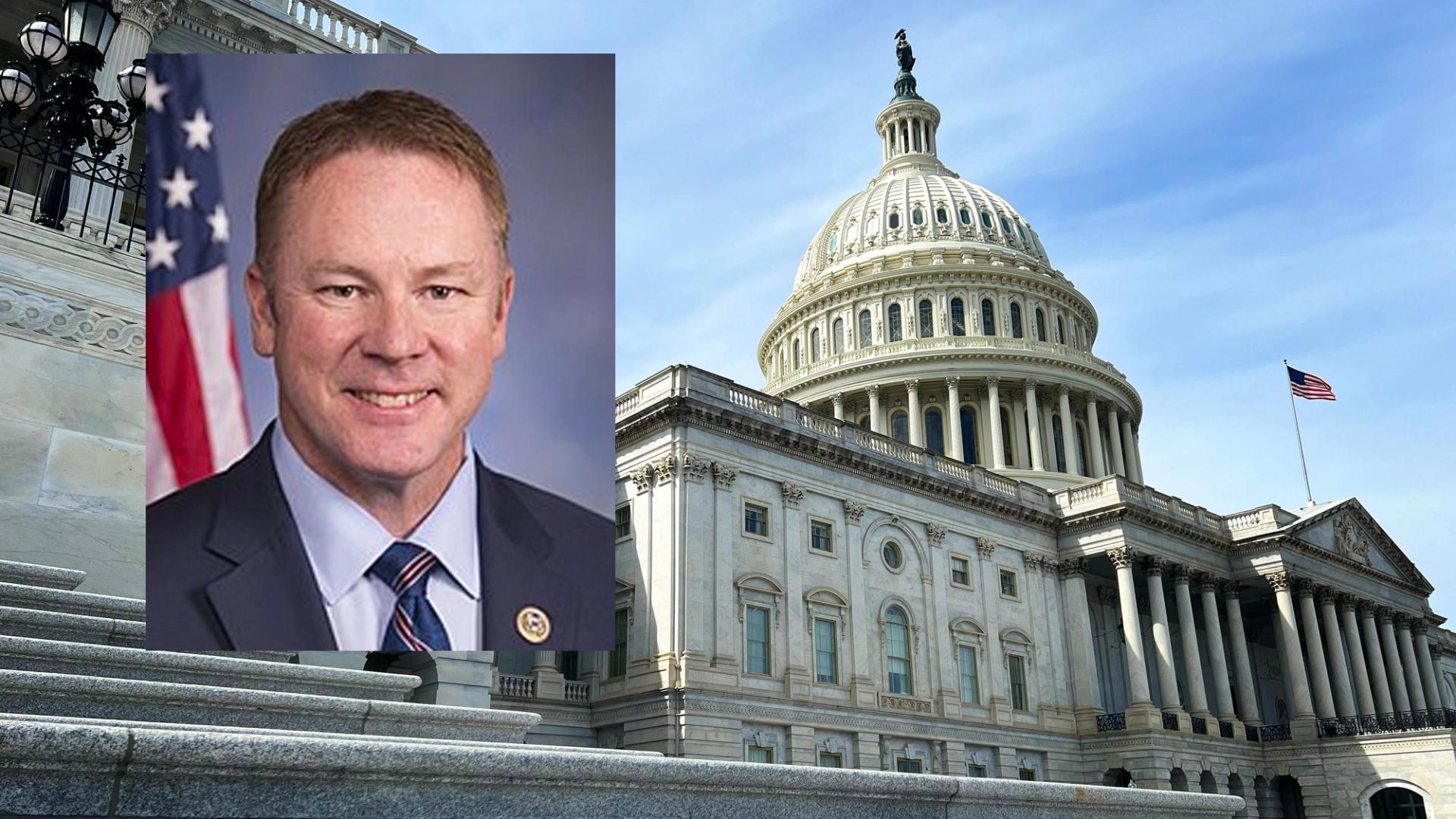
U.S. House Bill Would Allow Federal Taxes in BTC While Aiding U.S. Reserve
Rep. Warren Davidson introduced legislation that allows bitcoin tax payments without incurring capital gains to beef up the U.S. Strategic Bitcoin Reserve.
U.S. House Bill Would Allow Federal Taxes in BTC While Aiding U.S. Reserve
Rep. Warren Davidson introduced legislation that allows bitcoin tax payments without incurring capital gains to beef up the U.S. Strategic Bitcoin Reserve.

Fanatics Enters Prediction Markets via Crypto.com Partnership
The product is set to launch in the next couple weeks, Fanatics CEO Michael Rubin said on CNBC.
Fanatics Enters Prediction Markets via Crypto.com Partnership
The product is set to launch in the next couple weeks, Fanatics CEO Michael Rubin said on CNBC.
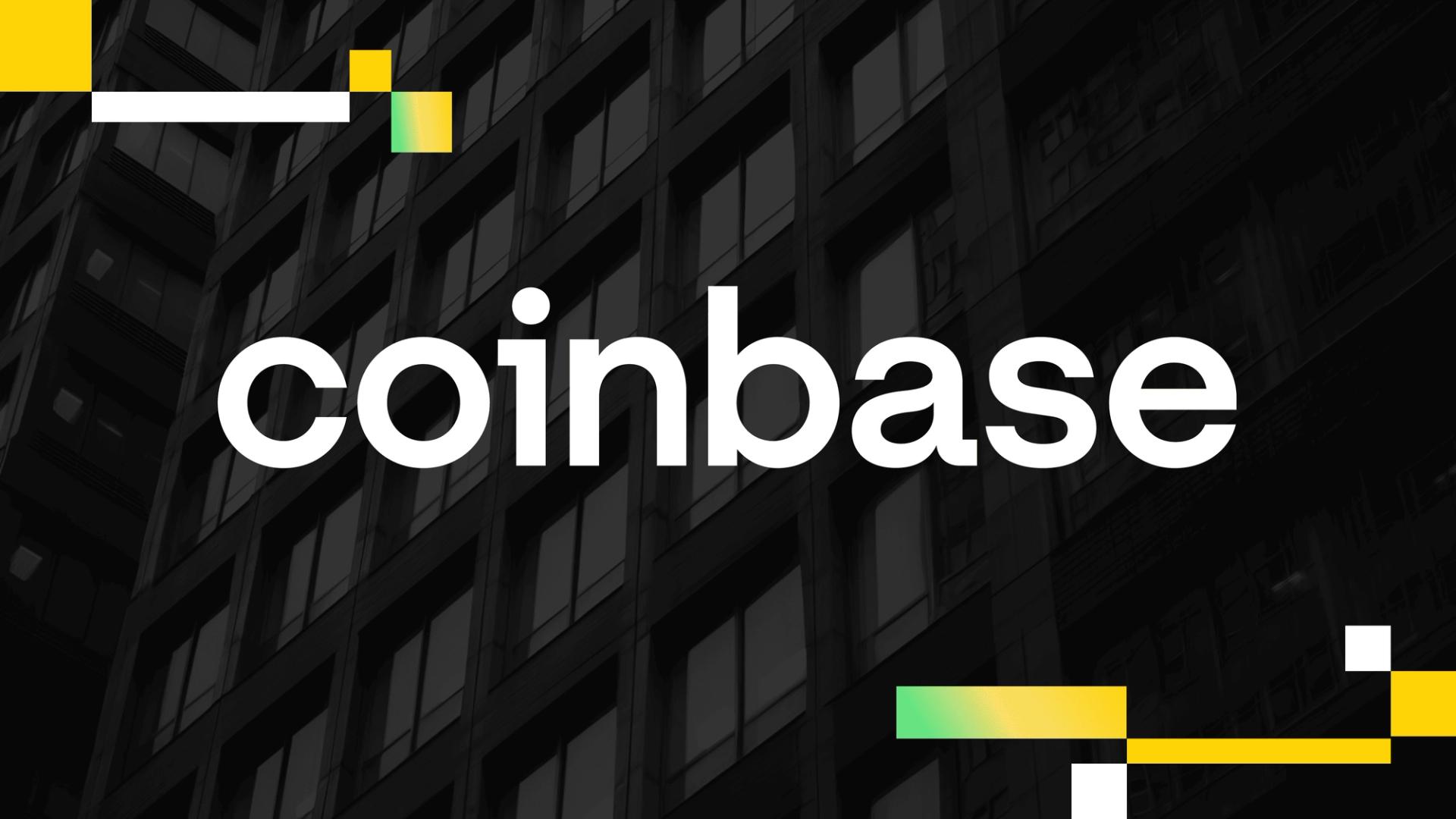
Coinbase to Snap Up Solana-Based DEX Vector as Acquisition Spree Continues
The exchange’s latest deal folds Solana-native Vector into its consumer trading arm, extending a rapid M&A streak.
Coinbase to Snap Up Solana-Based DEX Vector as Acquisition Spree Continues
The exchange’s latest deal folds Solana-native Vector into its consumer trading arm, extending a rapid M&A streak.

BTC Traders Brace for Price Crash to $75K; No Bottom Seen: Research Firm
Put options have dominated trading activity over the past week.
BTC Traders Brace for Price Crash to $75K; No Bottom Seen: Research Firm
Put options have dominated trading activity over the past week.
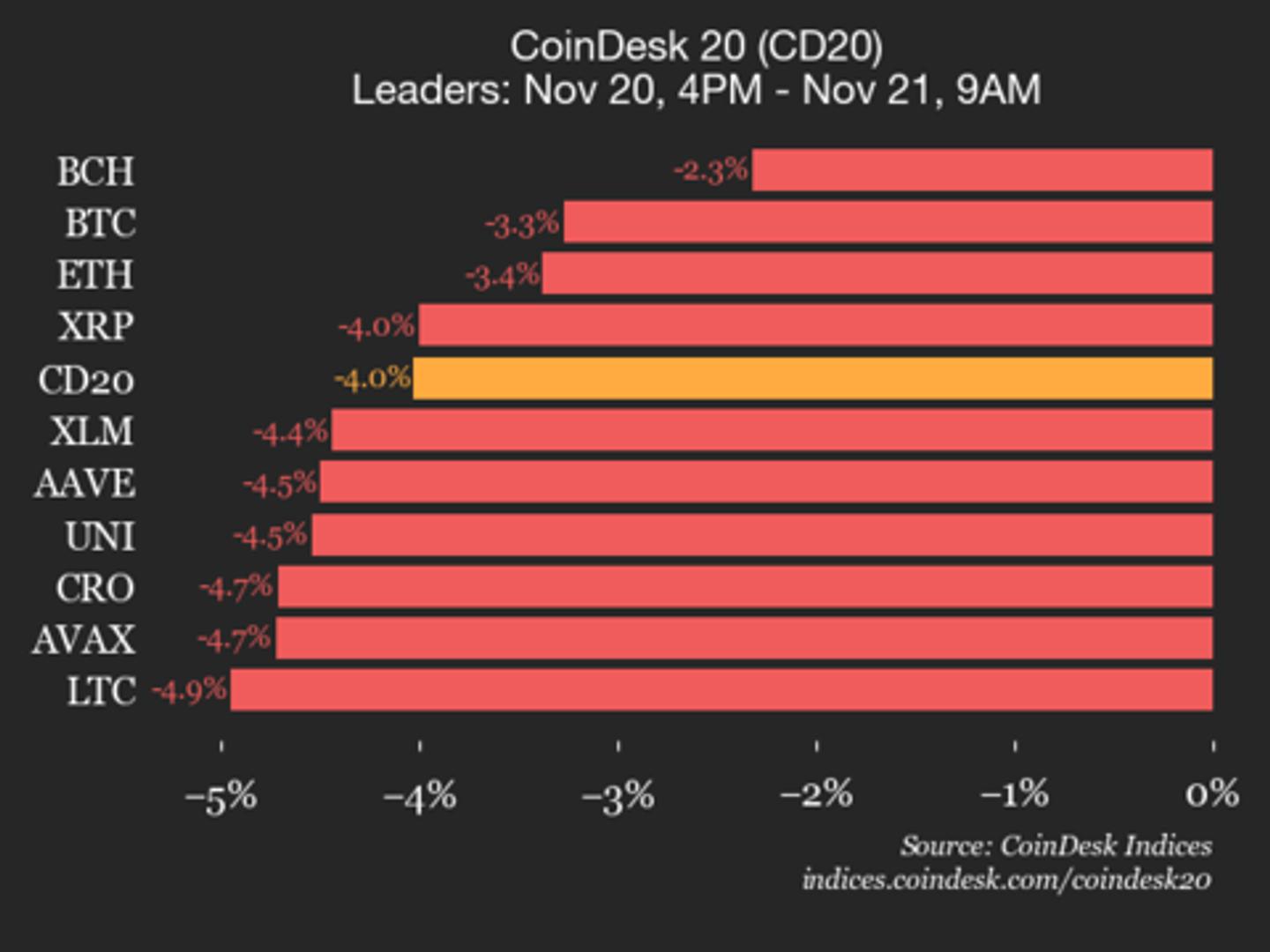
CoinDesk 20 Performance Update: Bitcoin (BTC) Price Falls 3.3% as Index Declines
Bitcoin Cash (BCH) was also trading lower, down 2.3% from Thursday.
CoinDesk 20 Performance Update: Bitcoin (BTC) Price Falls 3.3% as Index Declines
Bitcoin Cash (BCH) was also trading lower, down 2.3% from Thursday.

GSR Expands Institutional Platform to Raise Transparency, Control in Crypto Trading
GSR upgraded GSR One, unifying market making, over-the-counter trading and treasury services as demand for institutional-grade crypto infrastructure increases.
GSR Expands Institutional Platform to Raise Transparency, Control in Crypto Trading
GSR upgraded GSR One, unifying market making, over-the-counter trading and treasury services as demand for institutional-grade crypto infrastructure increases.

Attention Bitcoin Bulls: BTC is Now at Levels Preceding FTX-Era Extremes
Short-term realized-loss dominance is typical of market stress, but the magnitude this week stands out.
Attention Bitcoin Bulls: BTC is Now at Levels Preceding FTX-Era Extremes
Short-term realized-loss dominance is typical of market stress, but the magnitude this week stands out.
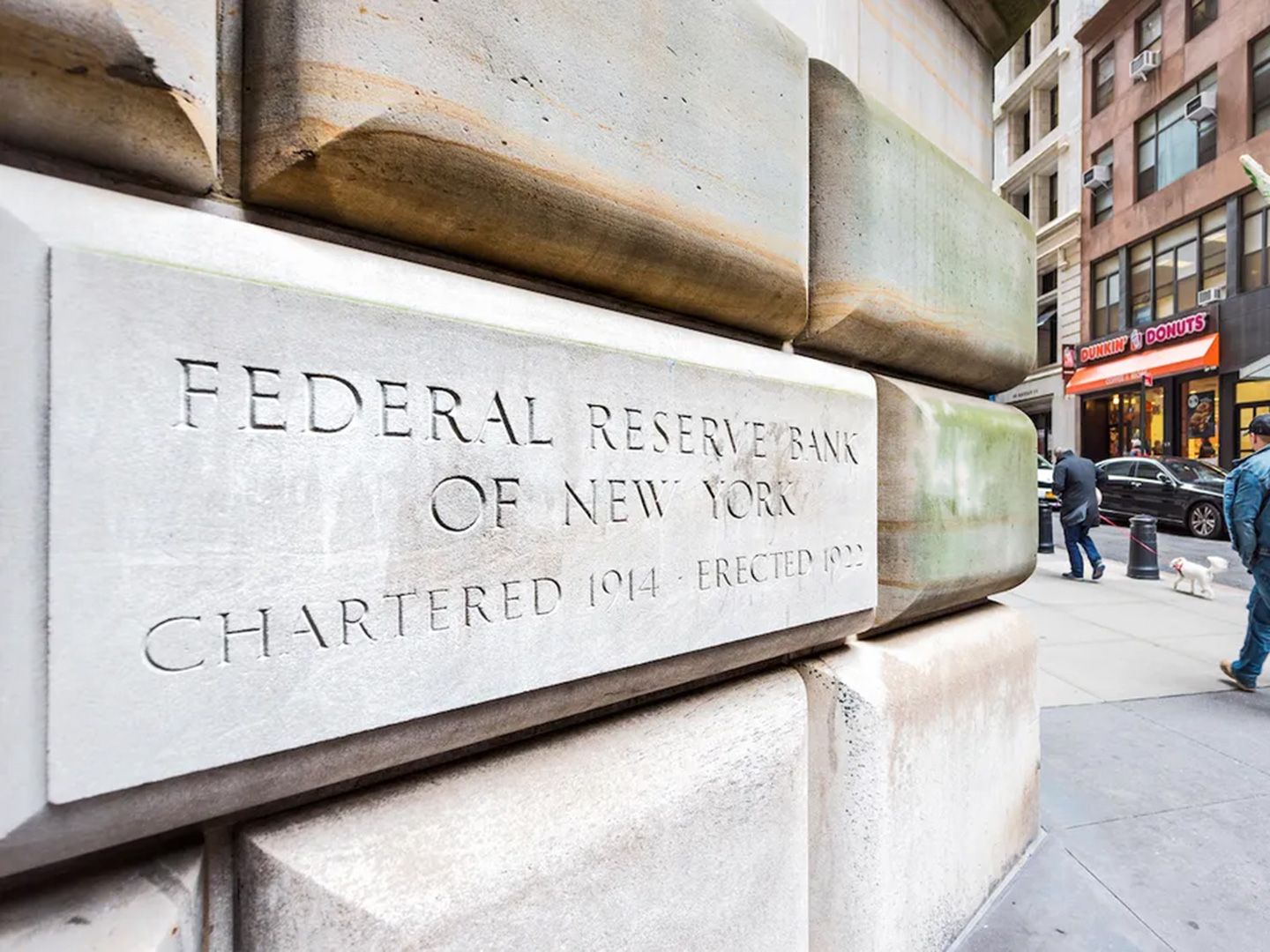
Bitcoin Bounces Above $84K as Fed's Williams Puts December Rate Cut Back on Table
Previously having essentially written off chances of further monetary ease in 2025, interest rate traders are now pricing more than a 70% chance of a rate cut at the Federal…
Bitcoin Bounces Above $84K as Fed's Williams Puts December Rate Cut Back on Table
Previously having essentially written off chances of further monetary ease in 2025, interest rate traders are now pricing more than a 70% chance of a rate cut at the Federal Reserve's December meeting.

The Canary in the Coalmine: Crypto Daybook Americas
Your day-ahead look for Nov. 21, 2025
The Canary in the Coalmine: Crypto Daybook Americas
Your day-ahead look for Nov. 21, 2025

Base’s Flashblocks Let Bots Front-Run Its Own Founder as Snipers Walk Off With $1.3M
Two traders captured more than $1.3 million in profits by exploiting Base’s new “flashblocks” system during the debut of the network founder’s creator coin.
Base’s Flashblocks Let Bots Front-Run Its Own Founder as Snipers Walk Off With $1.3M
Two traders captured more than $1.3 million in profits by exploiting Base’s new “flashblocks” system during the debut of the network founder’s creator coin.

Crypto Markets Today: Bitcoin, Ether Slide as Liquidity Crisis Fuels Heavy Sell-Off
Crypto markets plunged toward April lows on Friday as a lingering liquidity crunch amplified price swings. Bitcoin and ether fell more than 10%.
Crypto Markets Today: Bitcoin, Ether Slide as Liquidity Crisis Fuels Heavy Sell-Off
Crypto markets plunged toward April lows on Friday as a lingering liquidity crunch amplified price swings. Bitcoin and ether fell more than 10%.

Ark Invest Adds Nearly $40M of Crypto Equities for Second Day as Sell-Off Continues
The St. Petersburg, Florida-based investment manager added to its holdings in Coinbase, Bitmine Immersion Technologies, Circle Internet and Bullish.
Ark Invest Adds Nearly $40M of Crypto Equities for Second Day as Sell-Off Continues
The St. Petersburg, Florida-based investment manager added to its holdings in Coinbase, Bitmine Immersion Technologies, Circle Internet and Bullish.
